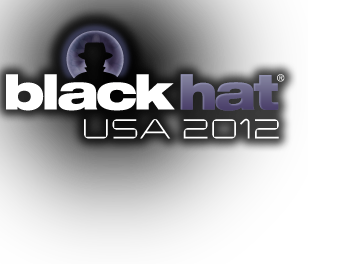New security defense method may or may not end up the grand-prize winner of the contest
July 25, 2012

BLACK HAT USA -- Las Vegas, NV -- One of the three finalist entries for Microsoft's first-ever BlueHat Prize for building new security defense technologies is now part of the software giant's free Enhanced Mitigation Experience Toolkit (EMET).
Microsoft announced today that it has integrated the Return Oriented Programming (ROP) defense method submitted by Ivan Fratric, a researcher at the University of Zagreb in Croatia, into EMET 3.5 Technology Review. Fratric's "ROPGuard" approach specifies a set of checks for detecting when certain functions are being called by ROP code.
The BlueHat Prize contest was aimed at finding the most innovative defense technique to fight memory-safety exploitation attacks. Fratric and two other finalists, Jared DeMott and Vasilis Pappas, were named last month as the contestants with the top three entries in the contest, which offers more than $250,000 in cash and prizes to the winners.
BlueHat is Microsoft's alternative to bug bounties, instead challenging researchers to come up with new ways to mitigate exploits rather than find new bugs. The top three contestants submitted entries to thwart attacks that leverage return-oriented programming (ROP), a method used by attackers to employ short snippets of benign code in a system for nefarious purposes. The grand prize winner, who will receive $200,000, will be named during Microsoft's Researcher Appreciation Party tomorrow night.
Fratric may or may not be the grand-prize winner, according to Microsoft. Also in the running are DeMott, who teaches a popular application security course at security conferences, and his "/ROP" method that vets the target addresses of the return instructions to ensure they aren't malicious, and Vasilis Pappas, a Ph.D. student at Columbia University whose "kBouncer" approach detects abnormal control transfers using common hardware features.
"We added four checks in EMET inspired by what Ivan" submitted, says Mike Reavey, senior director at the Microsoft Security Response Center. Reavey says Fratric's method was a practical one for defending against malicious ROP attacks.
"Almost every threat uses memory corruption in some form. What's used more and more lately is ROP, which can bypass some defenses," Reavey says. Fratric's ROPGuard is a way to distinguish between code that's doing something good from code that's doing something bad, Reavey says.
[ Whether Microsoft's Blue Hat Prize will set the stage for a new emphasis on building new defense-mitigation methods remains to be seen. Meanwhile, mitigation methods, such as sandboxes, DEP, and ASLR, have indeed raised the bar for attackers. See Advanced Attacks Call For New Defenses. ]
In line with the BlueHat rules, each submitter retains ownership of his or her intellectual property and has a royalty-free license that can be licensed any way he or she wants, according to Reavey.
EMET uses mitigation techniques to help prevent vulnerabilities in software from being exploited. It's available here for download.
"Developing a prototype is one thing, but having it integrated with an actual product such as EMET 3.5 Tech Preview is something else entirely," Fratric said. "I’m really excited about my technology finding its way to users and hope that it will help make them more secure against current threats."
Have a comment on this story? Please click "Add Your Comment" below. If you'd like to contact Dark Reading's editors directly, send us a message.
Read more about:
Black Hat NewsAbout the Author(s)
You May Also Like
Defending Against Today's Threat Landscape with MDR
April 18, 2024The fuel in the new AI race: Data
April 23, 2024Securing Code in the Age of AI
April 24, 2024Beyond Spam Filters and Firewalls: Preventing Business Email Compromises in the Modern Enterprise
April 30, 2024Key Findings from the State of AppSec Report 2024
May 7, 2024
Black Hat USA - August 3-8 - Learn More
August 3, 2024Cybersecurity's Hottest New Technologies: What You Need To Know
March 21, 2024



